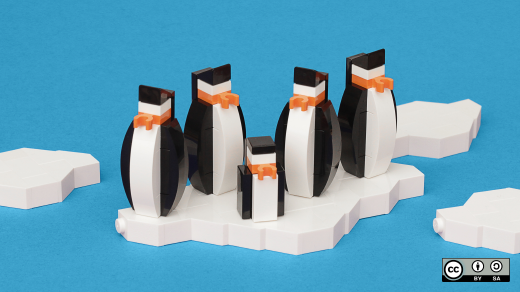Battling the pandemic has created a shortage of microchips needed to produce new computers. In addition, some newer proprietary operating systems come with higher minimum standards for those systems. This conundrum has created an opportunity for those of us who use Linux in our daily lives.
Extend the hardware lifecycle
Linux has long been noted for adding life to aging hardware. That ability has been a boon to those folks who use computers every day.
I have helped many folks refurbish and refit older computers using Linux in the past year. Linux-based computers consume less power and start up much quicker. The Gnome desktop is great, but many older computers are better suited to LXDE or XFCE environments, which require fewer resources to run.
Organizations like FreeGeek and Kramden Institute have made it their core mission to bridge the digital divide and, in so doing. These groups have repurposed older computers, keeping them out of the landfill and putting them in the hands of users who need them. Those programs don't happen without Linux.
DD-Wrt, OpenWrt, and Tomato are all Linux solutions that keep older network hardware out of the landfill while providing users with added security, privacy, and performance from their routers.
With GalliumOS and Mrchromebox.tech, even Chromebooks can be given new life after Google stops supporting them.
New opportunities
Linux has created opportunities that would not otherwise exist. Students and hobbyists alike have started successful careers in computer science with no investment, thanks to lessons learned on old computers. These systems run enterprise-grade software, such as the LAMP stack, which facilitated the transition to "Web 2.0". It was one of the first open source software stacks for the web. Today, it powers WordPress, Drupal, and Joomla installations. In fact, Linux powers over 96% of the world's top one million web servers. Linux also manages embedded systems, e-readers, smart televisions, smartwatches, and more. Linux is the OS for well over 70% of the world's smartphones. Even NASA's Perseverance Rover, that made history on Mars this year, is powered by Linux.
The cloud, which powers most of today's applications, could not exist without Linux. Most of today's web and smartphone applications run in Linux-based containers. Even with the microchip shortage and the high cost of proprietary systems, those entering the cloud services industry have the opportunity to learn on an open source operating system and software.
The future
But most appropriately, Linux and open source power the United Nations Sustainability Goals. Linux continues to be a critical resource as the pandemic continues.








Comments are closed.